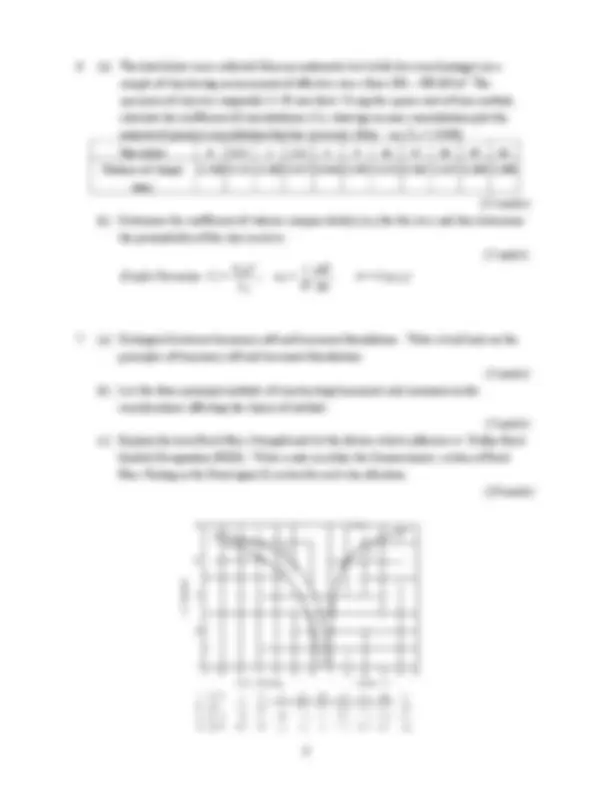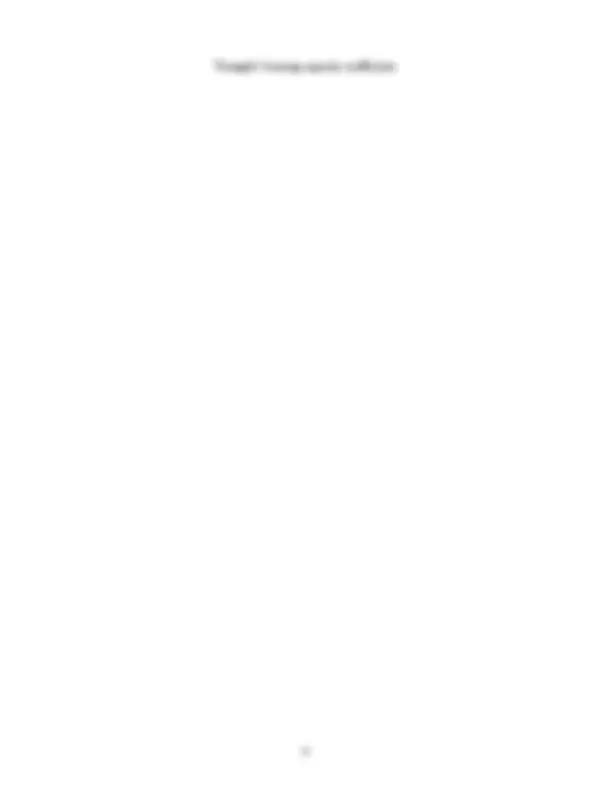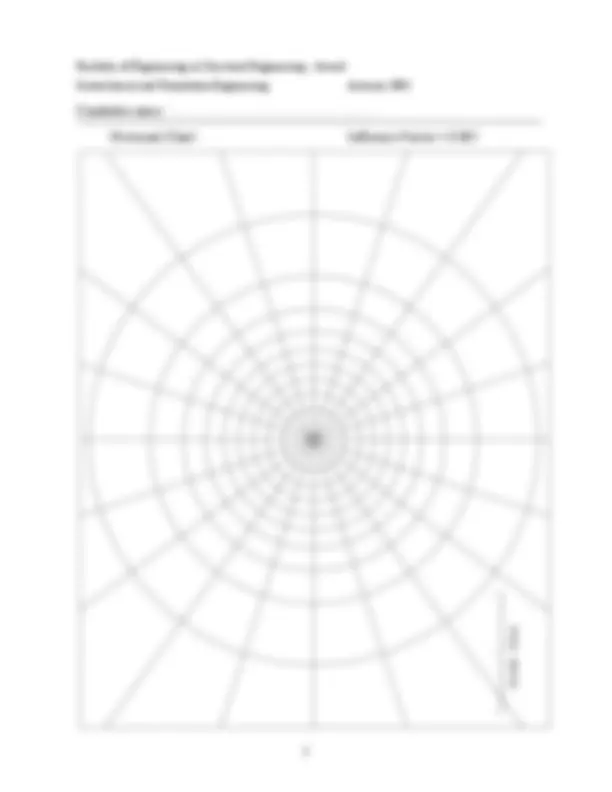





Study with the several resources on Docsity

Earn points by helping other students or get them with a premium plan


Prepare for your exams
Study with the several resources on Docsity

Earn points to download
Earn points by helping other students or get them with a premium plan
Community
Ask the community for help and clear up your study doubts
Discover the best universities in your country according to Docsity users
Free resources
Download our free guides on studying techniques, anxiety management strategies, and thesis advice from Docsity tutors
Main points of this past exam are: Shear Strength, Possibility of Seepage Pressure, Percentage Reduction, Total Active Thrust, Minimum Depth of Embedment, Granular Material, Newmark Chart Attached, Rectangular Footing
Typology: Exams
1 / 5

This page cannot be seen from the preview
Don't miss anything!




(NFQ – Level 8)
Answer five questions Examiners: Mr T Corcoran Dr Prof P O’Donoghue Mr J P Murphy
Fig Q
(c) What is the total active thrust if the conditions in part (b) apply, but there is a layer of fine sand with γ (^) sat = 21 kN/m^3 and φ= 25°) underlying the top 3.0 m of granular material. (7 marks)
Fig Q
1 0_._ 3 B +^ γ zNq +0.5^ γ BN γ (^)
Load on shaded area=180 kN/m^2
Load on unshaded area = 100 kN/m^2
Terzaghi’s bearing capacity coefficients
Bachelor of Engineering in Structural Engineering - Award
Geotechnical and Foundation Engineering Autumn 2005